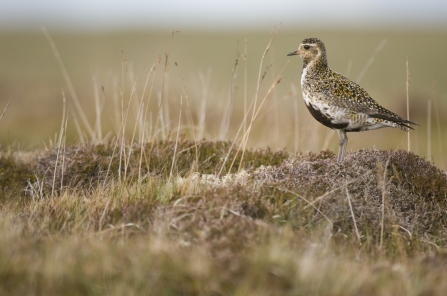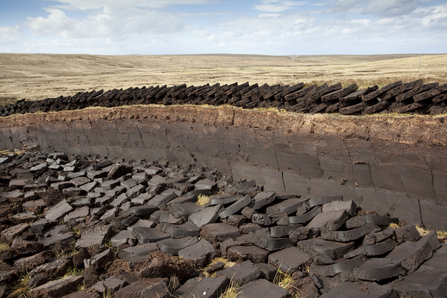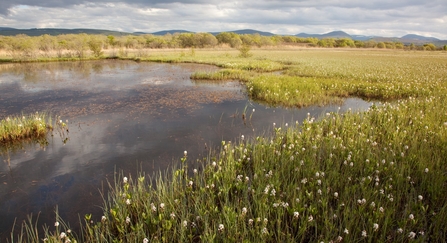What is peat?
Peat forms when the ground is too wet so the decomposition of vegetation becomes very slow creating thick dark layers of organic material. This in turn traps carbon, making peatlands important carbon sinks.
Why is peat important?
Despite these humble (and soggy) origins peat packs a punch. Whilst covering only 10% of the UK, peatlands store three billion tonnes of carbon which is more than the UK, France and Germany’s forests combined.
A key part of peatlands are sphagnum mosses which are able to hold 20 times their own weight in water, meaning good condition peat can consist of 90% water. This ability to soak up so much water makes peat incredibly useful as a natural management solution for both flooding and drought.
Peatlands also create a filtering system improving the quality of water that passes through it. We should be especially grateful for this as peatlands supply over a quarter of the UK’s drinking water.
If that wasn’t enough, they provide a home to some of our most unique wildlife.




